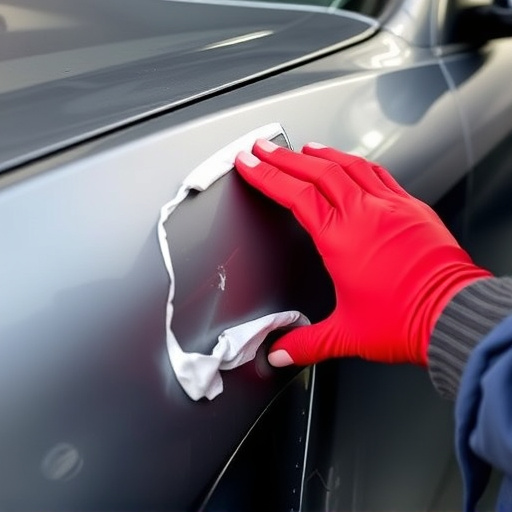Composite material replacement is a specialized auto repair process for vehicles like Mercedes-Benz, requiring skilled technicians to handle unique composite parts. Common scenarios like minor collisions or wear and tear may be covered by warranties, as composites can sustain hidden damage impacting structural integrity. Navigating claims is challenging but crucial, with experienced auto body shops guiding consumers through warranties and guarantees for peace of mind.
Understanding warranty coverage for composite material replacement is crucial for consumers looking to protect their investments. This comprehensive guide delves into the intricacies of what constitutes composite material replacement, common scenarios requiring coverage, and navigating claims processes. By exploring these key aspects, homeowners and business owners alike can ensure they receive the benefits promised by their warranties, fostering peace of mind and confident decision-making during repairs or replacements.
- What Constitutes Composite Material Replacement?
- Common Scenarios Requiring Warranty Coverage
- Navigating Claims and Benefits for Consumers
What Constitutes Composite Material Replacement?

Composite material replacement refers to the process of exchanging or repairing components made from composite materials, which are engineered blends of various substances, in vehicles. This often involves specialized auto repair near me services, as it requires skilled technicians who understand the unique properties of composites. When a vehicle sustains damage, especially in a collision repair scenario, certain parts like body panels, fenders, or even interiors might be composed of composite materials rather than traditional metals.
In the context of mercedes benz collision repair (as an example), the goal is to ensure that these composite components are handled and replaced with precision, maintaining the structural integrity and aesthetic appeal of the vehicle. This involves not just swapping out damaged parts but also ensuring proper bonding or fabrication techniques for seamless integration into the existing vehicle structure.
Common Scenarios Requiring Warranty Coverage

In the realm of composite material replacement, several common scenarios often necessitate warranty coverage. These include incidents such as minor auto collisions, where even a slight impact can cause damage to the intricate structures of modern vehicles, many of which now feature composite materials for their lightweight and durable properties. Such collisions may result in dents or cracks that, while visually subtle, could compromise structural integrity if left unaddressed.
Another scenario arises from everyday wear and tear, where over time, composite materials can show signs of fatigue or degradation. This is particularly true for exterior components exposed to varying weather conditions, UV rays, and environmental pollutants. Car dent removal techniques, though effective in repairing visible dents, may not always address the underlying issues that could trigger future failures. Thus, warranty coverage becomes essential to protect consumers against unexpected costs and ensure their vehicles remain safe and reliable.
Navigating Claims and Benefits for Consumers

Navigating claims for composite material replacement can seem daunting, but understanding your benefits is key. Consumers often rely on their warranty coverage when dealing with auto body repairs, especially after a collision. When it comes to composite materials used in modern car manufacturing, such as those found in Mercedes-Benz collision repair processes, knowing what’s covered and what isn’t is essential.
An automotive body shop skilled in composite material replacement will guide you through the claims process, ensuring you receive the benefits you’re entitled to. This may include repairs or replacements for damaged parts, with the cost often covered under the manufacturer’s warranty or the automotive body shop’s own guarantee. These guarantees can offer peace of mind, especially when dealing with intricate auto body repairs that require expertise and specialized tools.
Understanding warranty coverage for composite material replacement is crucial for consumers, as it can significantly impact their experience with these innovative products. By familiarizing themselves with what constitutes composite material replacement, common scenarios requiring coverage, and the claims process, buyers can ensure they receive the benefits promised by manufacturers. This knowledge empowers them to navigate the warranty landscape confidently, promoting trust in the use of composite materials for various applications.














